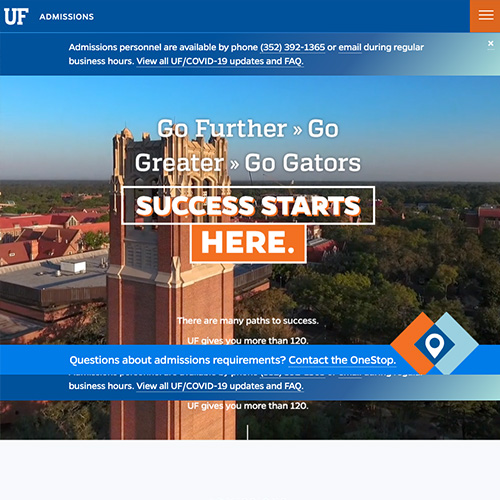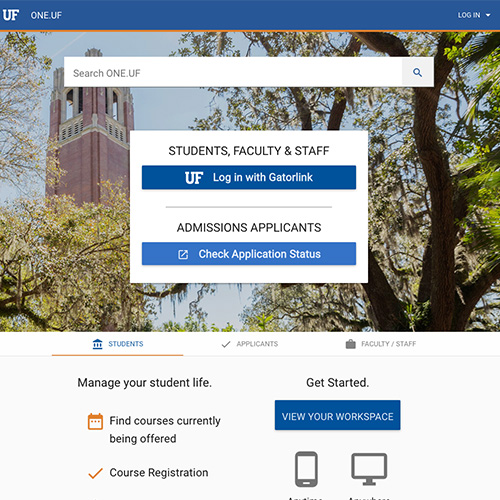FEAP 4e.- Shares the importance and outcomes of student assessment data with the student and the student’s parent/caregiver(s).
Printable Version (.pdf)
|
UNSATISFACTORY |
DEVELOPING |
ACCOMPLISHED |
EXCEPTIONAL |
| The teacher compiles a list of parent/caregiver email addresses at the beginning of the year but only uses it for individual teacher-parent /caregiver commentary.
Parents/Caregivers are not notified prior to a major assessment. When a student scores poorly on an assessment, parent/caregiver is not notified. The teacher says “parents know my number and my classroom. If they have questions/issues they can contact me.” |
The teacher compiles a list of parent/caregiver email addresses at the beginning of the year and shares comments about student progress periodically throughout the year.
The teacher shares the results of the unit test with the grade scale. Teacher explains educational terms in layperson language. (D) The teacher sends a detailed rubric for the upcoming science project. (D) Parents/Caregiver receive guidelines for student-led conferences. (D) Teacher uses eye contact appropriate to cultural norms. (M) James left at dismissal time with a star reading “Your child was a star today!” pinned to his shirt. (M) |
The teacher watches the students’ podcasts discussing their feelings about Romeo and Juliet’s dilemma and shares her assessment with them.
The teacher includes the grade distribution with the results of the unit test. Teacher is honest about students’ progress even if it is difficult. (D) Parents /Caregiver receive guidelines for student-led conference after the teacher has an in-depth conversation with the students. (D) Teacher says, “I know that your older son was a straight A student so I understand how you may be concerned about Derek’s grades.” The teacher reiterated the benchmark fluency score in the weekly newsletter. Students have stickers on their books to be sure their home reading books are on their independent reading level. Teacher emailed Ratam’s parents to share the progress as evidenced by his biology quiz. (M)
|
The teacher shares descriptions of various assessment tools with parents/caregiver and students each report card period.
The teacher sends home a student self-evaluation with the unit test result (including a grade distribution for that test.) Teacher is honest about students’ progress combined with respect for parent/caregiver concerns. (D) Parents receive guidelines for the student-led conference the week before they come to the conference. (D) The teacher did a sample lesson with the parents at Math night. (D) The teacher emailed Chelsey’s family as part of her routine communications. (M) The teacher returned Uma’s parents phone call about her recent test score the evening she got the message. |
Where noted, examples based on:
“(D)” – Danielson C. (1996). Enhancing professional practice: A framework for teaching.
Alexandria, Va: Association for Supervision and Curriculum Development.
“(M)” – Marzano, R. J. (2007). The art and science of teaching: A comprehensive
framework for effective instruction. Alexandria, Va: Association for Supervision and Curriculum Development.
Resources:
Information to relay to parents:
http://www.edutopia.org/blog/using-student-data-inform-teaching-rebecca-alber
http://www.somerville.k12.ma.us/education/components/scrapbook/default.php?sectiondetailid=13771
Examples to communicate with parents:
http://www.youtube.com/simplek12team?v=TPzy5Rcga04&lr=1
http://www.adi.org/journal/ss05/Graham-Clay.pdf
http://www.scholastic.com/teachers/article/five-keys-successful-parent-teacher-communication
https://www.edsurge.com/n/a-teacher-s-guide-to-communicating-with-parents
For Florida Parents




